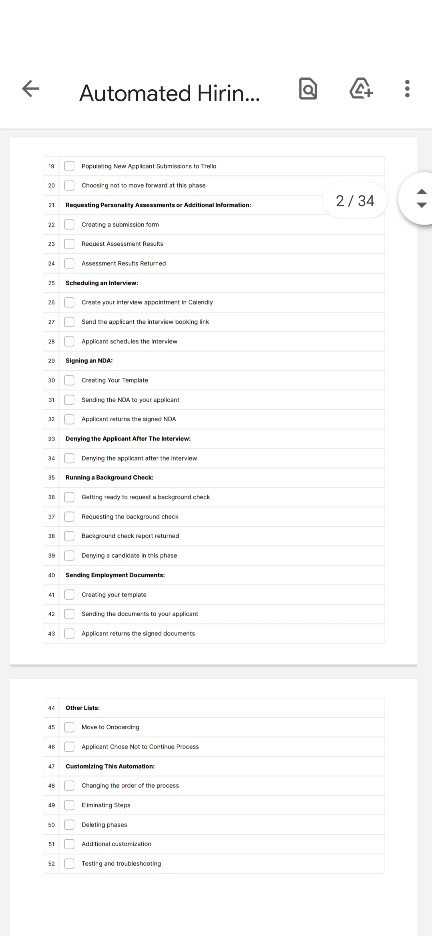Just Plug and Play

A few weeks ago, my twins were having a sleepover.
I had to blow up a bunch of air mattresses for the unruly gang of 8-year-olds about to descend upon my house. As I sat on the floor zoning out to the sound of the air pump, a thought came to me.
In the past few years, my team and I have built some incredible automations.
A seamless hiring process, a kick-ass content distribution system, and a sales pipeline that goes from lead gen to conversion without dropping a prospect.
So I was thinking, what If you could just transplant those processes into somebody else’s business, making their pursuit instantly scalable?
Yes, it could definitely help businesses poised to explode, I thought. But it could be even more meaningful to those innovative entrepreneurs out there who may fail from:
- Doing it the hard way
- Reinventing the wheel
- Getting in their own way.
Because it’s not a character flaw that leads to extinction, it may simply be a toolkit problem.
My thought was, what if you could push a button and unfold these processes?
Would they work for anyone, no matter the business?
Yes. The answer is yes.
For example, our automated hiring process is fully “plug and play.” It includes a fully vetted Process Street checklist that is granular and shows anyone, I mean anyone, exactly how to do it.

Click this button. Copy this app over to your Zapier account. Now click this button, and it creates a Trello board for you from a template. Next, click here, and it creates the jot form from a template that candidates fill out when they apply for your job.
In about an hour, you’ve got a fully optimized, automated hiring process that’s immediately scalable.
Imagine having six to 10 processes you can unfold that will instantly grow your business.
You don’t need an Ops person.
You don’t need a VA.
You don’t need to master Zapier.
You don’t need to build an SOP.
The processes are ready to go.
They are fully automated. So there’s no interminable training session for you or your team. The process itself has already been optimized and tested on hundreds of people in hundreds of businesses.
Essentially, it’s a business in a box. Push a button, and you’re live. Your only job is to add talent or a product.
There’s one for hiring.
One for operations.
Another for the customer journey.
And one for product or service delivery.
As I put the fitted sheets on the air mattresses, I got to thinking about this company called Fitch. Do you remember it? Well, it was a personal, virtual assistant service just for buying stuff. You would tell them, “I want this thing,” and they found the best price and ordered it for you.
It was an awesome service, really responsive. In four months, Fitch was fulfilling a hundred requests a day. The customer satisfaction was huge, and then it was featured on Good Morning America.
Suddenly it was getting 10,000 requests a day, and response time went from four hours to two weeks. And that was the end of Fitch.
My plug-and-play processes could have saved Fitch. I’m sure of it. I don’t want to see that happen to anyone else. Good ideas should never be at the mercy of inefficiencies. It’s unnecessary.
So, if you want to add Miracle-Gro for your very best ideas. Vox me. If your business took a nosedive during the pandemic and could use a shot of adrenaline to right itself, please reach out. I want to help you get back and track and enjoy the kind of success you deserve.











